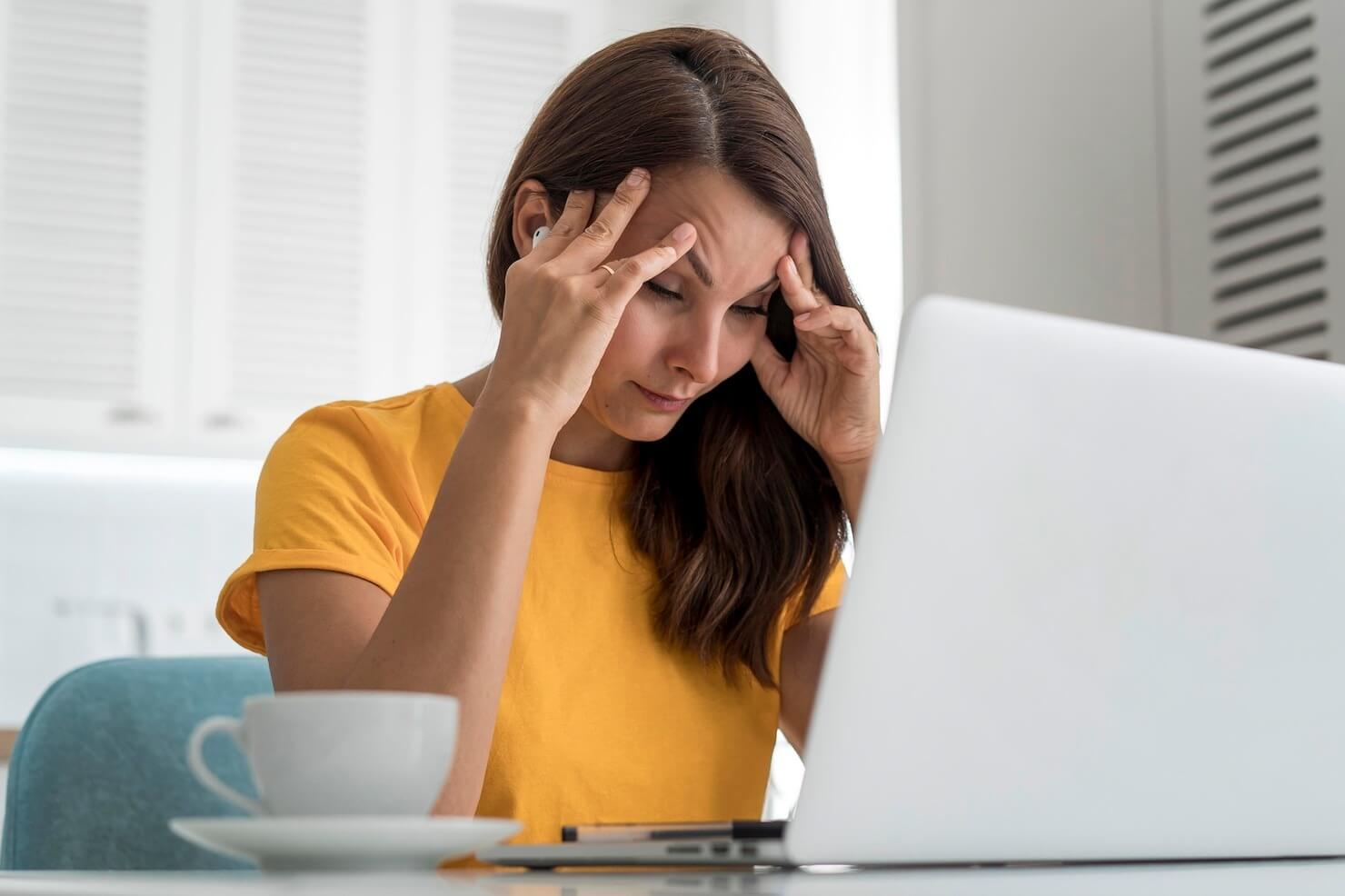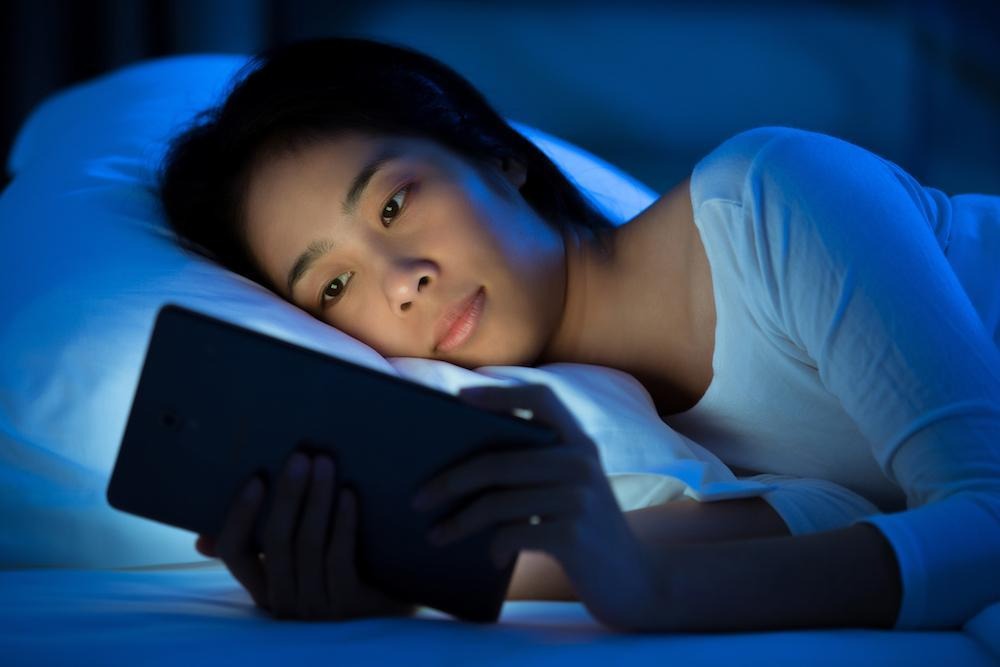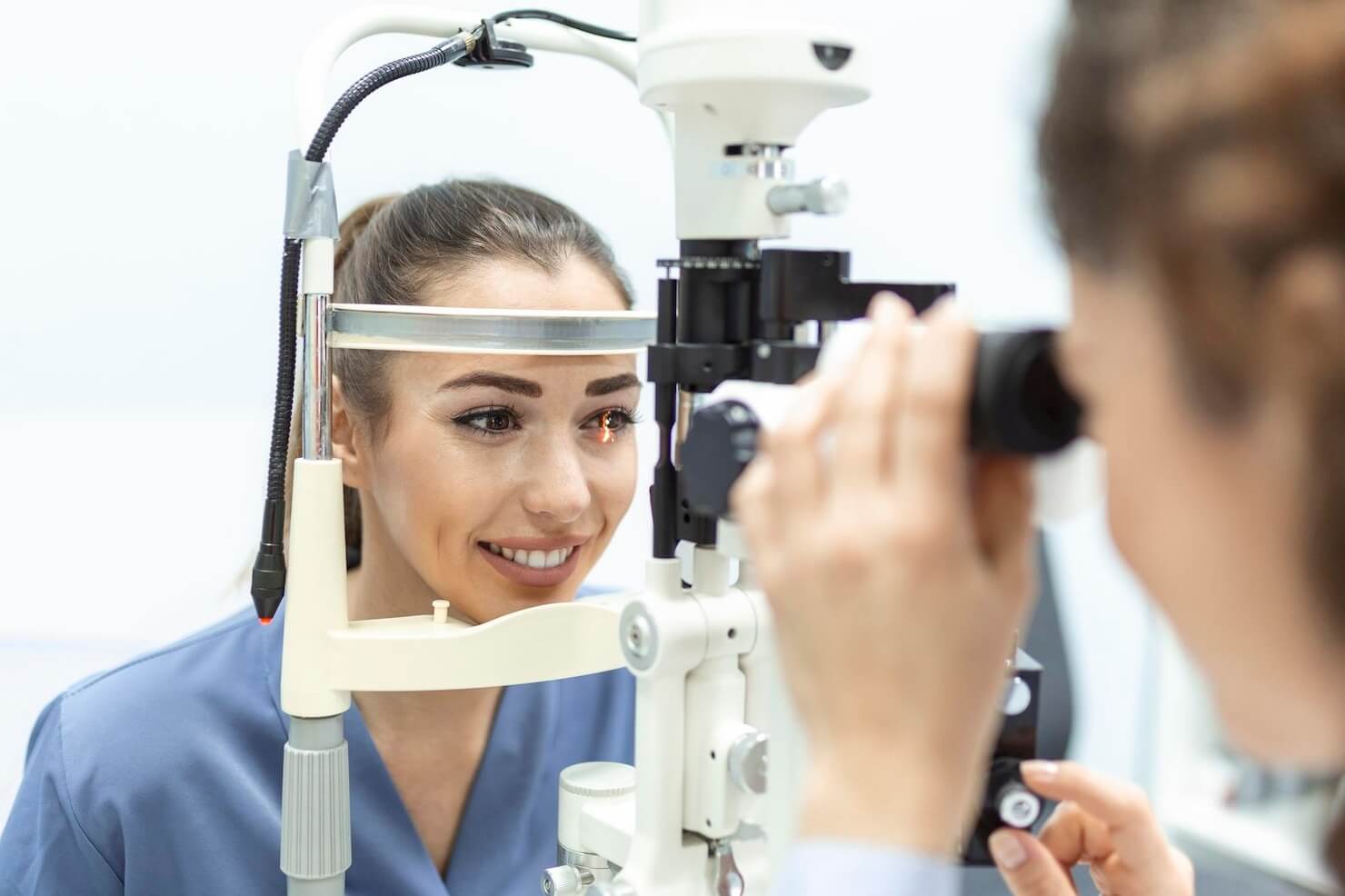In today’s digital age, many of us spend hours in front of screens, whether for work, entertainment, or communication. While technology offers numerous benefits, extended screen time can lead to digital eye strain, a condition that affects a significant number of people. Symptoms include dry eyes, blurred vision, headaches, and neck and shoulder pain. Understanding how to manage digital eye strain is crucial for maintaining good eye health and overall well-being.
This article explores the causes of digital eye strain, practical strategies to reduce its impact, and tips for maintaining optimal eye health in a screen-centric world.
Understanding Digital Eye Strain

Digital eye strain, also known as computer vision syndrome (CVS), arises from prolonged use of digital devices like computers, smartphones, and tablets. Several factors contribute to this condition:
1. Blue Light Exposure: Screens emit blue light, which can cause discomfort and disrupt sleep patterns. Although blue light is not inherently harmful, excessive exposure can contribute to eye strain.
2. Screen Glare: Glare from screens or surrounding lighting can cause visual discomfort and strain. Reflections and poor contrast make it harder for your eyes to focus.
3. Poor Posture: Sitting in a non-ergonomic position or having an improperly positioned screen can strain the eyes and contribute to neck and shoulder pain.
4. Inadequate Blink Rate: When focusing on screens, people tend to blink less frequently, leading to dry eyes and discomfort. Blinking helps keep the eyes moist and refreshed.
5. Prolonged Focus: Staring at screens for extended periods without breaks can cause fatigue in the eye muscles, leading to strain and discomfort.
Effective Strategies to Manage Digital Eye Strain

Managing digital eye strain involves making adjustments to your environment, screen habits, and overall eye care. Here are practical strategies to alleviate and prevent symptoms:
1. Follow the 20-20-20 Rule: To reduce eye strain, adhere to the 20-20-20 rule: every 20 minutes, look at something 20 feet away for at least 20 seconds. This helps relax the eye muscles and reduce fatigue.
2. Adjust Screen Settings: Modify your screen settings to reduce glare and adjust brightness and contrast. Many devices offer “night mode” settings that reduce blue light emission, which can be particularly useful in the evening.
3. Use Proper Lighting: Ensure that your workspace is well-lit to minimize glare on your screen. Position your screen to avoid reflections and consider using adjustable lighting to create a comfortable viewing environment.
4. Maintain Proper Posture: Position your screen at an arm’s length away and ensure the top of the screen is at or slightly below eye level. Use ergonomic chairs and desks to support good posture and reduce strain on your neck and shoulders.
5. Blink Frequently: Consciously blink more often to keep your eyes moist. You can also use artificial tears or lubricating eye drops to alleviate dryness.
6. Take Regular Breaks: Incorporate regular breaks into your work routine. Stand up, stretch, and give your eyes a rest to prevent fatigue and discomfort.
7. Adjust Text Size and Font: Increase text size and adjust font settings on your devices to make reading easier and reduce the strain on your eyes.
8. Use Computer Glasses: Consider wearing specialized computer glasses with anti-reflective coatings to reduce glare and improve visual comfort. These glasses can be particularly helpful for people who spend long hours at screens.
9. Stay Hydrated: Drinking plenty of water helps keep your eyes hydrated. Dehydration can contribute to dryness and discomfort, so make sure to stay well-hydrated throughout the day.
10. Get Regular Eye Exams: Schedule regular eye exams to ensure your vision is up-to-date and to address any potential issues early. Your eye doctor can provide personalized recommendations based on your screen use and visual needs.
Tips for Reducing Blue Light Exposure

Since blue light from screens can impact eye comfort and sleep quality, here are additional tips to manage blue light exposure:
1. Use Blue Light Filters: Install blue light filtering apps on your devices or use screen protectors designed to reduce blue light. Many devices also offer built-in blue light reduction settings.
2. Implement the 90-Minute Rule: Limit continuous screen time to 90 minutes before taking a break. During these breaks, avoid using other screens and engage in activities that give your eyes a rest.
3. Adjust Lighting in Your Environment: Consider using warm, dim lighting in the evening to reduce blue light exposure and avoid disrupting your circadian rhythm.
4. Practice Good Sleep Hygiene: Establish a regular sleep schedule and avoid screens at least an hour before bedtime to improve sleep quality. Exposure to blue light before sleep can interfere with melatonin production and disrupt sleep patterns.
Maintaining Overall Eye Health

In addition to managing digital eye strain, maintaining overall eye health is essential for long-term vision well-being. Here are some additional tips:
1. Eat a Balanced Diet: Include foods rich in vitamins A, C, and E, as well as omega-3 fatty acids, to support eye health. Foods like carrots, spinach, oranges, and fish can help maintain good vision.
2. Protect Your Eyes from UV Light: Wear sunglasses that block 100% of UVA and UVB rays when outdoors to protect your eyes from harmful UV light.
3. Exercise Your Eyes: Engage in eye exercises to strengthen the muscles and improve focus. Simple exercises like focusing on a near object and then a distant one can help reduce strain.
4. Manage Screen Time: Be mindful of your total screen time and make adjustments as needed. Balancing screen use with other activities can help prevent digital eye strain.
Conclusion
In an era dominated by screens, managing digital eye strain is essential for maintaining eye comfort and overall well-being. By adopting strategies like the 20-20-20 rule, adjusting screen settings, and practicing good posture, you can reduce the impact of prolonged screen use. Additionally, incorporating tips for reducing blue light exposure and maintaining overall eye health will contribute to long-term vision care. Prioritizing these practices can help you navigate the digital age with greater ease and comfort.
Frequently Asked Questions (FAQs)
Q1. What are the common symptoms of digital eye strain?
Common symptoms include dry eyes, blurred vision, headaches, neck and shoulder pain, and difficulty focusing. If you experience any of these symptoms, it may be a sign of digital eye strain.
Q2. How often should I take breaks to prevent eye strain?
It is recommended to follow the 20-20-20 rule: every 20 minutes, look at something 20 feet away for at least 20 seconds. Additionally, take longer breaks every hour to rest your eyes and stretch.
Q3. Can blue light glasses help with digital eye strain?
Yes, blue light glasses can reduce glare and filter out blue light from screens, which may help alleviate digital eye strain. However, they are just one part of managing screen-related discomfort.
Q4. How can I adjust my workspace to reduce eye strain?
Position your screen at an arm’s length away, with the top of the screen at or just below eye level. Ensure that your workspace is well-lit to minimize glare and use ergonomic furniture to support good posture.
Q5. Is it necessary to get regular eye exams if I have digital eye strain?
Yes, regular eye exams are important to monitor your vision and address any potential issues. Your eye doctor can provide personalized recommendations and ensure that your prescription is up-to-date.
By implementing these strategies and tips, you can effectively manage digital eye strain and maintain good eye health in our increasingly screen-centric world.




